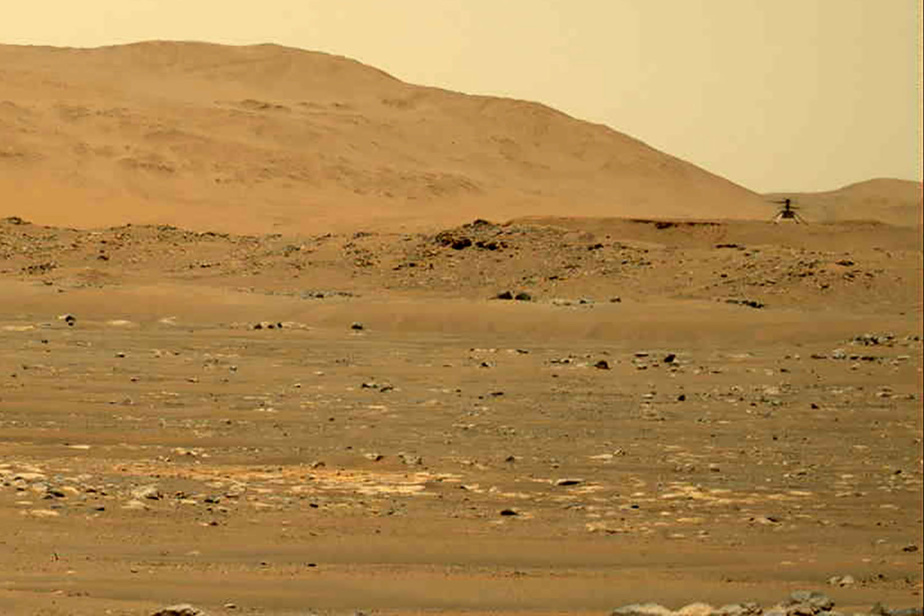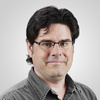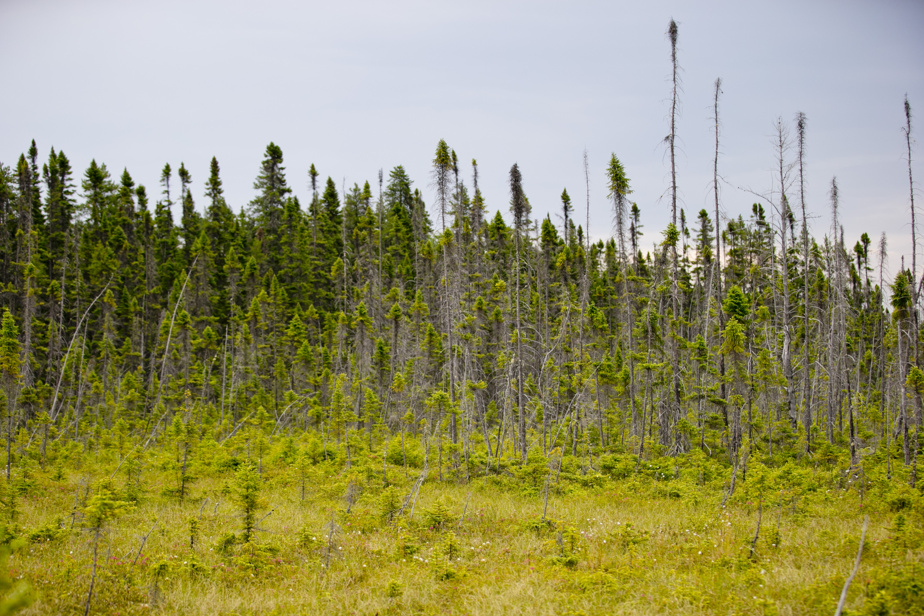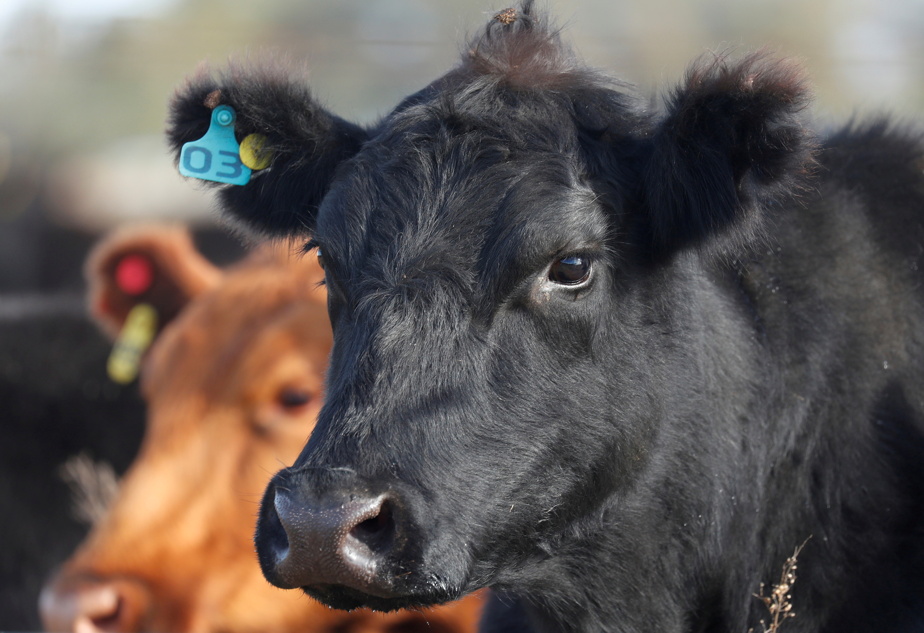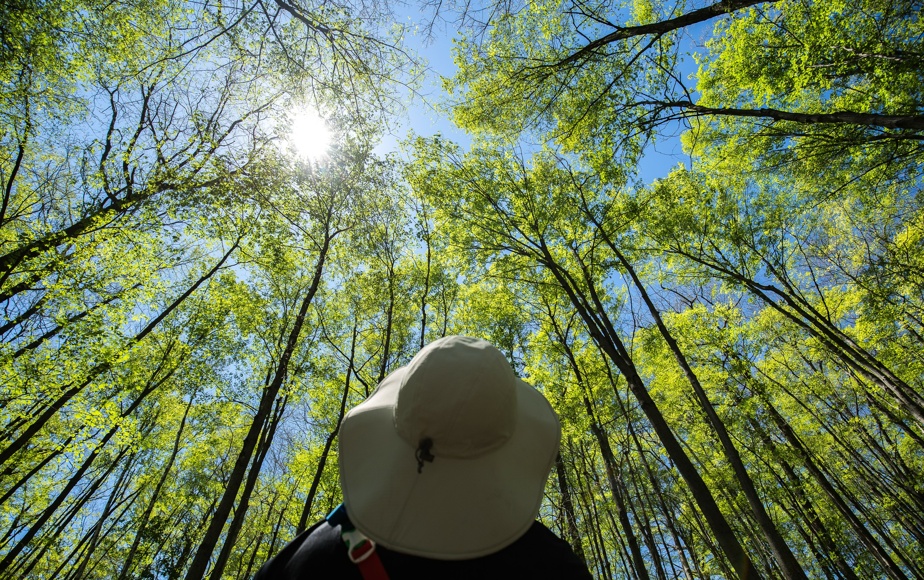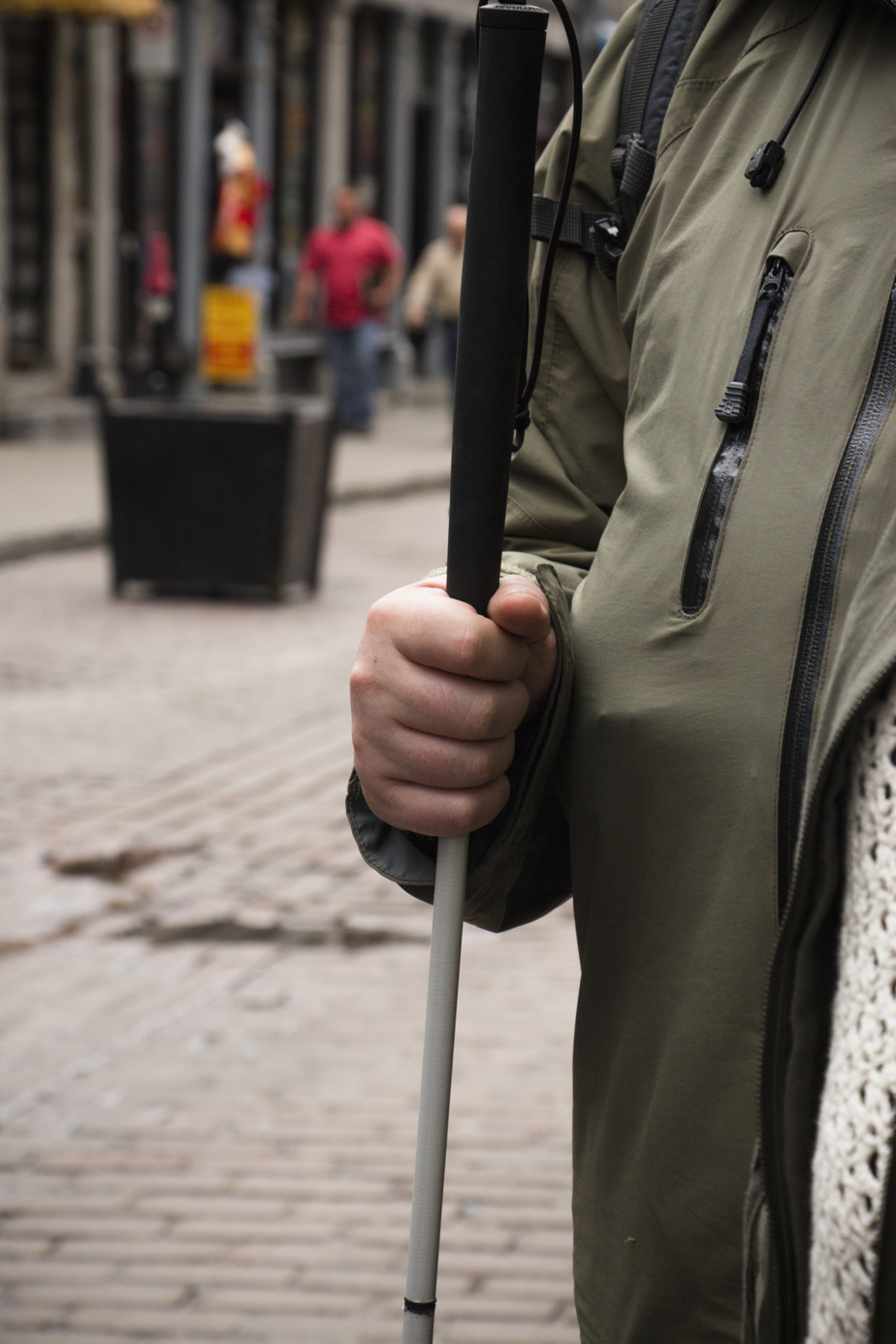What would a sunset on Mars, Venus or Uranus look like? NASA scientist Jeronimo Villanueva ran late-day simulations of three other planets in our solar system in addition to Titan, one of Saturn’s moons. We can also see the sunset on Trappist-1He is , a planet from a neighboring system.
a test
s. How many tons of carbon were released from dry peatlands?
Photo by David Boyle, press archives
Peat bog in Pointe-Taillon National Park, Saguenay
R was found. Over the past 1150 years, 72 billion tons of carbon have been released into the atmosphere as a result of the drying up of peatlands, mainly for agriculture, in the Northern Hemisphere. This is the average scenario developed by a team from the Laboratory of Climate and Environmental Sciences at the University of Paris-Saclay. The researchers based their model on data from 12 countries, which comprise 90% of the northern hemisphere’s peatlands. Of the 72 billion tons, 40 have been released since 1750, the year that marked the beginning of the industrial age. The researchers say they want to improve their model to get more accurate results. However, these point to the importance of these environments for carbon storage in the age of climate emergency.
Cow enzymes to melt plastic?
Photo by Agustin Markarian, Reuters
Cows’ stomachs melt various types of plastic.
Researchers at the University of Natural Resources and Life Sciences in Vienna have found that enzymes in cows’ stomachs dissolve different types of plastic. The scientists collected the liquid first from the rumen, one of the cows’ four stomachs, and then tested its efficacy on a different polyester. This has been shown to be effective for three of the most common plastics, including polyethylene terephthalate, better known by the acronym PET. It takes between one and three days for these plastics to decompose at 40°C. However, further studies will be necessary to determine if this solution can be applied on a large scale. The work of the Austrian scientists was published in the journal Frontiers in Bioengineering and Biotechnology .
the number
7.6%
PHOTO GIORDANO CIAMPINI, The Canadian Press
An increase in the number of trees can lead to an increase in rainfall.
Planting more trees could increase summer precipitation on the European continent. At least that’s the conclusion of a study published in the journal natural earth sciences by scientists from the Federal Institute of Technology in Zurich, Switzerland. According to the researchers, if forest cover increased by 20% uniformly in Europe, precipitation could increase by 7.6%. The study dealt with the consequences of planting trees on lands designated for cultivation. If the results turn out to be positive in southern Europe, this additional rain will nonetheless affect areas of the Atlantic that are already more prone to precipitation. The study shows that solutions are not always so simple in terms of adapting to climate change.
Teaching the blind to determine echolocation
PHOTO NINON PEDNAULT, press archives
With 10 weeks of echolocation training, blind people can greatly improve their multitasking skills.
It was already known that humans are able to use echolocation, like bats, for navigation. However, with 10 weeks of training, blind people can significantly improve their ability to multitask. Researchers at Durham University, UK, conducted a study on sighted and blind people who participated in a 10-week training program, during which they learned how to navigate through space using echolocation. Then they were followed up for three months. All blind people reported greater mobility and 83% said they gained independence and quality of life. However, this technique is not used much, with concern about stigma due to repeated tapping of the tongue required to enhance echolocation.
An earlier version of this text placed Zurich in Germany, while this city is clearly in Switzerland.

